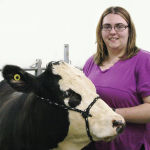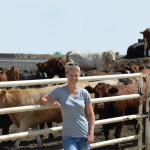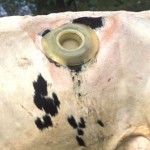Among the most prevalent diseases in feedlot cattle, ruminal acidosis ranks second only to respiratory diseases in contributing to morbidity, mortality and economic losses. Given its effect on animal welfare and profitability, preventing acidosis remains a key focus in feedlot cattle research. In this month’s column, we want to discuss the role of transition diets […] Read more











